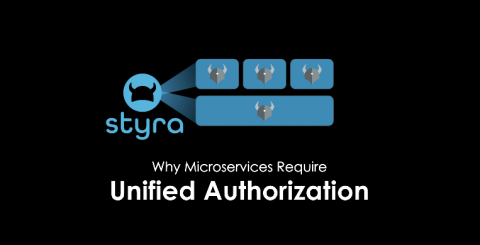Security | Threat Detection | Cyberattacks | DevSecOps | Compliance
%term
Dashboards: An Effective Cybersecurity Tool
Data is only as good as what you are able to do with it. Not only does the cybersecurity universe collect data, but individual enterprises also collect cybersecurity data from within their organization as well as from external sources in order to add to more context and relevance. All data needs to be analyzed in order to create actionable insights.
Top Tools to Make Debugging APIs Easier
Integrating with APIs can be challenging. Each with its own documentation format, SDK patterns, and authentication quirks. Once you get the integration up and running, the harder step is testing and debugging any problems. This part can be exploratory—before you finish building—or as part of problem resolution.
How to Customize a Report on Logsign SIEM?
In the last article, we discussed various types of reports a SIEM solution offers. We also threw light on how reports are arranged block-wise on Logsign SIEM along with other features. In this article, we explore how you can customize an existing report to suit your requirements. To start with, go to the Reports and Analysis section and select any report that you wish to customize.
Part Three: How Are Bots Affecting Your Industry?
We recently carried out a survey of 200 UK enterprises across e-Commerce, financial services, entertainment and travel. In part two of our blog series, we discussed the current state of bot attacks. As we continue our blog series, we investigate how bots are affecting different industries. We surveyed enterprises in the industries we saw as the most at risk.
Plan Today for Cybersecurity Trends in 2021
Cloud-based SIEM explained
Security information and event management (SIEM) solutions offer businesses the ability to collect, store, and analyze security information from across their organization and alert IT admins/security teams to potential attacks. In today’s complex digital environments, SIEMs allow IT teams to more effectively detect and respond to a wide range of threats across broad networks.
PCI DSS logging requirements explained
As a consumer, I feel more confident about using my credit card online and in brick-and-mortar stores when I know retailers are being careful about PCI DSS compliance. Breached financial credentials can wreak havoc not only on the lives of consumers, but also on the well-being of merchant businesses. I think the PCI DSS is an excellent example of how security standards can be improved when organizations cooperate and collaborate.
Why Microservices Require Unified Tools for Authorization
Cloud-native organizations embracing microservices are running into an unavoidable security question: how to handle microservice authorization controls? The central problem is this: unlike monolithic app structures, microservices architectures expose dozens more functionality through APIs, which can leave them vulnerable to attack.
Migrating from On-prem Proxies to the Cloud
Recently, a Fortune 500 customer asked us to migrate 5 million lines of URL policies into our cloud solution. This configuration included frequently used websites like Office.com, Linkedin.com, and Box.com as well as hundreds of other URLs and domains that were no longer reachable or registered anymore. Our first question to the customer was, “Help us understand why you would want to do that?”, in the context of migrating their entire configuration.










